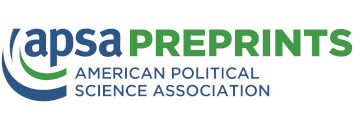Abstract
The 2008 Global Financial Crisis and the 2020 Covid-19 pandemic triggered large economic stimulus packages in most countries. While aimed primarily at saving the domestic economy, these stimulus packages also offered governments opportunities for investing in decarbonization. Drawing on a new dataset covering 40 of the world’s largest economies’ stimulus spending during the two crises, this paper addresses two questions: 1) Did governments’ green stimulus allocation increase from the Global Financial Crisis to the Covid-19 downturn? 2) What country characteristics are associated with green stimulus spending in each crisis? Our empirical analysis reveals a (small) uptick in net green spending from 2008 to 2020 and that robust green economic interests are a significant predictor of green stimulus spending. Notably, our research uncovers a pattern of path dependency, with countries leading in green stimulus spending during the Global Financial Crisis maintaining this position also through the Covid-19 pandemic.


![Author ORCID: We display the ORCID iD icon alongside authors names on our website to acknowledge that the ORCiD has been authenticated when entered by the user. To view the users ORCiD record click the icon. [opens in a new tab]](https://preprints.apsanet.org/engage/assets/public/apsa/logo/orcid.png)


